Goo by Sonic Youth
Buy Goo Sonic Youth‘s 1990 album Goo was a critical success and reached the highest album charting position of the group’s career. Their sixth overall release, this was the first after signing their […]
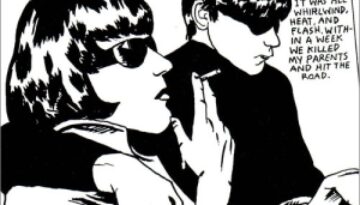
Buy Goo Sonic Youth‘s 1990 album Goo was a critical success and reached the highest album charting position of the group’s career. Their sixth overall release, this was the first after signing their […]
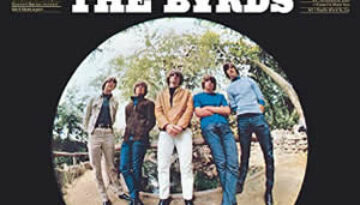
Buy Mr. Tambourine Man In mid 1965, The Byrds released a debut album comprised partially of contemporary folk covers, partially of original songs, and fully of their signature folk-rock sound. Mr. Tambourine Man […]
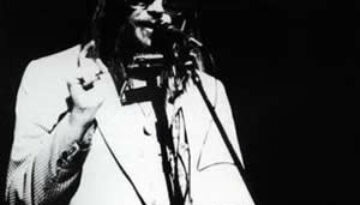
Buy Tonight’s the Night During an era of glam rock and progressive virtuoso, Neil Young delivered a raw and genuine record with Tonight’s the Night. Although released in mid 1975, the music on […]
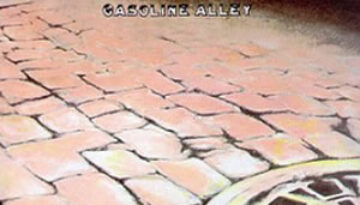
Buy Gasoline Alley His second official solo album, Gasoline Alley, is a critically acclaimed 1970 album by Rod Stewart. It features a diverse mixture of covers and originals that reflect the various styles […]
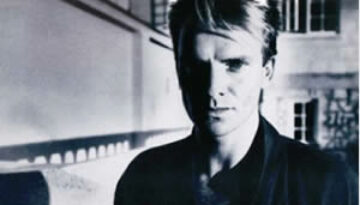
Buy The Dream of the Blue Turtles Following a remarkable five years of stellar success with The Police, vocalist and songwriter Sting launched his solo career with his 1985 debut The Dream of […]
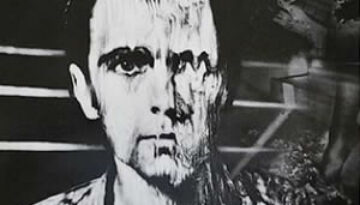
Buy Peter Gabriel (1980) Peter Gabriel‘s third solo album was also the third to be officially eponymous, although this 1980 record has been given the unofficial title “Melt”. This album is credited as […]
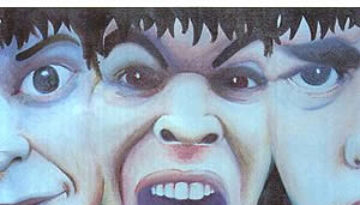
Buy I Should Coco Supergrass released their debut album, I Should Coco in 1995. This energetic and eclectic record features an array of rock sub-genres from Brit pop to punk to ska to […]
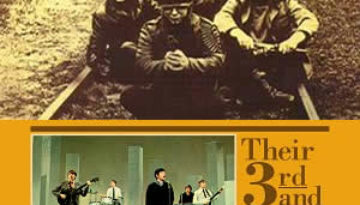
Buy Animal Tracks (US version) In 1965, The Animals released a pair of albums that were each titled Animal Tracks, a May 1965 release in their native UK and a September release in […]
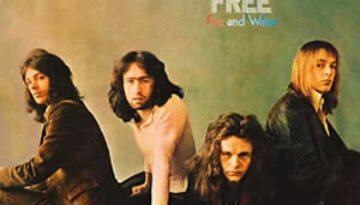
Buy Fire and Water The 1970 album Fire and Water was the third studio album by Free and it proved to be the breakthrough of the group’s short but prolific career. The album […]
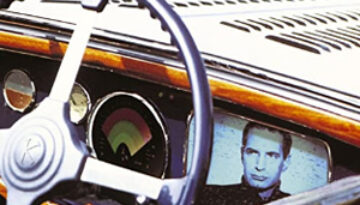
Buy Kamakiriad This album review is provided by Mike Fishman, who has written about Van Morrison for the Mystic Avenue blog and writes about film for IndependentFilmNow.com. Kamakiriad (1993) was Donald Fagen‘s second […]